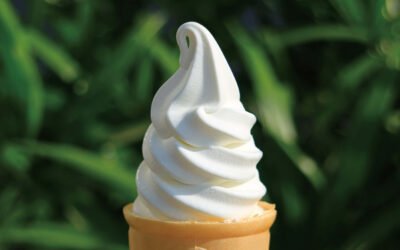Consipation and diverticulosis are two health issues that are often found in people from higher class of society. Some of the causes include these people’s habits of eating a lot of processed foods that contain little to no dietary fiber. Fiber Hypothesis, which led many studies about dietary fiber, was proposed out of concern regarding the prevalence of large intestine-related problems suffered by South African people. In the country, many immigrants from Europe were found to have health problems like constipation, diverticulosis, and colorectal cancer in addition to metabolic issues like obesity, diabetes, and vascular diseases. These diseases, interestingly, didn’t happen to indigenous South African.
Burkitt, a doctor observing this phenomenon, concluded that the high prevalence of those digestive conditions and metabolic diseases happened because they didn’t consume enough fruits, vegetables, and unprocessed, real foods that are high in fiber (Cummings & Engineer, 2018).
To those unfamiliar with dietary fiber, this substance is actually a part of foods that the body cannot digest. If it is indigestible, then how can dietary fiber be beneficial for the guts?
Chemically, dietary fiber has the ability to bind water, resulting digesta (the foods undergoing digestion in the intestine) to bulk up and soften its texture. The fermendation of dietary fiber in the large intestine will also produce CO2 dan H2 that soften the digesta texture even more.
Other factor that cause the digesta bulk-up is the existence of good bacteria living in the digestive tract. The more fiber we consume, the more “food” the bacteria wil get and the better they will grow and reproduce. When we have sufficient amount of good bacteria, the bulked-up digesta will create great pressure inside the large intestine to stimulate peristalsis, a series of muscle contractions that move digesta along the intestines and get rid of them in the form of feces.
Therefore, it’s safe to say that enough fiber may add volume to digesta, increasing the liquid level, and subsequnetly softened its texture so it’s easier to get ridden of the body. Meanwhile, lack of dietary fiber will decrease the liquid level, keep the digesta from bulking up, make it stay longer in the intestines, and then cause a condition called constipation.
When we have constipation, we need greater pressure to move the feces along the digestive tract. We often try to create the pressure by pushing harder when having bowel movement. This push-harder activity, however, may affect us negatively because as we push, the blood vessles in the colon may dilate and cause what’s called diverticulosis.
Diverticulosis is a condition that happens when small pockets form in the walls of our digestive tract.When one or more of these pockets get inflammed or infected, we have another condition called diverticulitis whose symptoms include abdominal pain, constipation or diarrhea, bloating, and even bloody feces. If they don’t get medically treated soon, these conditions could lead to serious, life-threatening complications.
To reduce the risk of getting this conditions, we should keep our digestion healthy by consuming enough dietary fiber. If we’ve been adopting balance diets, we have likely got the fiber we need. But if we feel like we need to have more fiber, especially if we don’t do enough physical activities and haven’t included fiber-rich foods to our diets, we can increase the intake with fiber boosting products in the form of powdered drinks, cereal bars, and others.
But choosing products with the highest fiber content isn’t always enough. We’d better also pay attention to other information stated in the packaging of the fiber boosting products of our choice. We may want to know more about the composition (whether or not it will trigger allergic reactions or affect our sensitivity), the flavor, the recommended intake, as well as the accurate amount of fiber it actually contains. With clearly-stated fiber content, which is 1 gram of fiber per 3 grams of FiberCreme, we can easily figure out how much fiber per day we can add to our diet.
Reference:
Cummings, J.H., & Engineer, A., 2018. Denis Bukitt and the origins of the dietary fibre Hypothesis. Nutr. Res. Rev. 31:1-15. Doi: 10.1017/S0954



